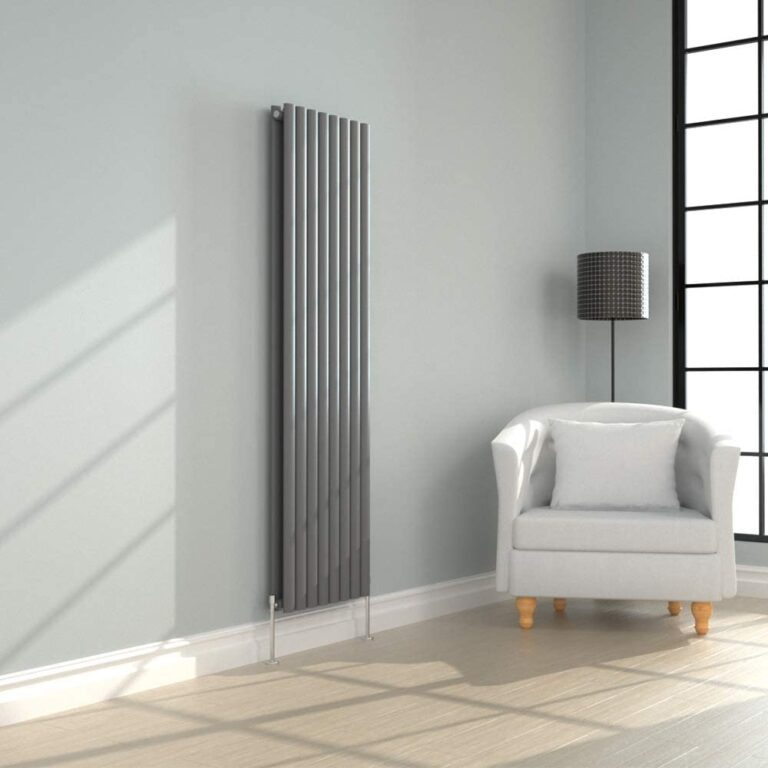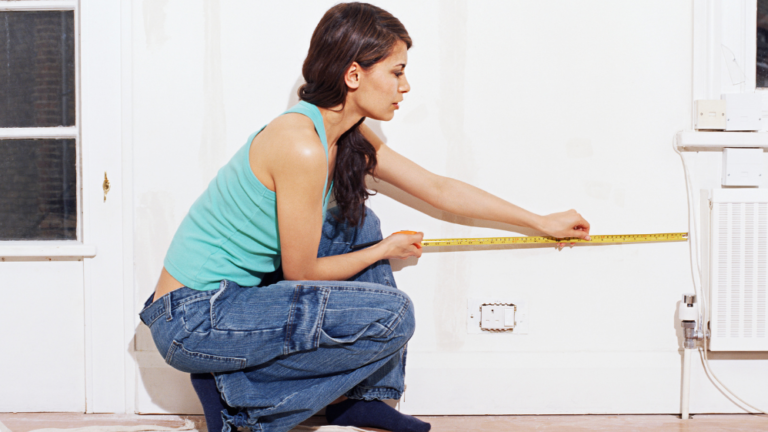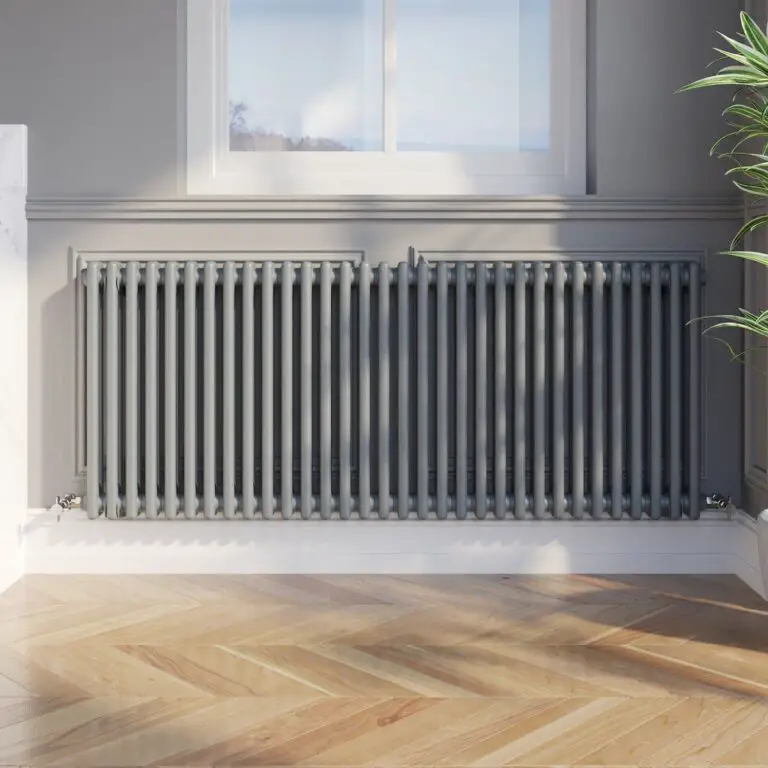In most cases both ground source heat pumps and air source heat pumps will work with existing radiators. However, it’s important to understand whether your existing radiators have the capabilities that are needed to facilitate heat pumps.
Let’s explore how these two technologies can work together….
In today’s world energy efficiency and sustainability are becoming increasingly important. In recent years interest has been growing in combining radiators with heat pumps to create more efficient and eco-friendly heating solutions.
Understandably, if you’re switching from a gas boiler to a heat pump, the prospect of being able to keep your existing radiators in place to save money might be especially appealing, so let’s explore this together.
First things first, how do these two technologies work:
How Do Radiators Work
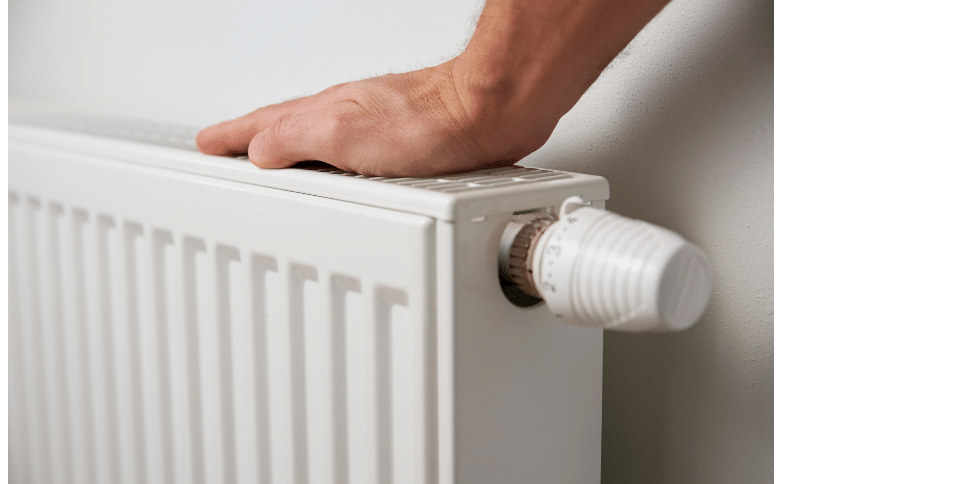
Radiators are the most common method of space heating in many homes, utilising hot water or steam to warm the surrounding area. Water or steam is heated in a central boiler and then circulated through a network of pipes to the radiators in each room. The radiators work through a heat transfer process called convection. When water in the radiator is heated, the surrounding air is also heated up via convection and this hot air is then moved around the room as the air circulates.
How Do Heat Pumps Work?
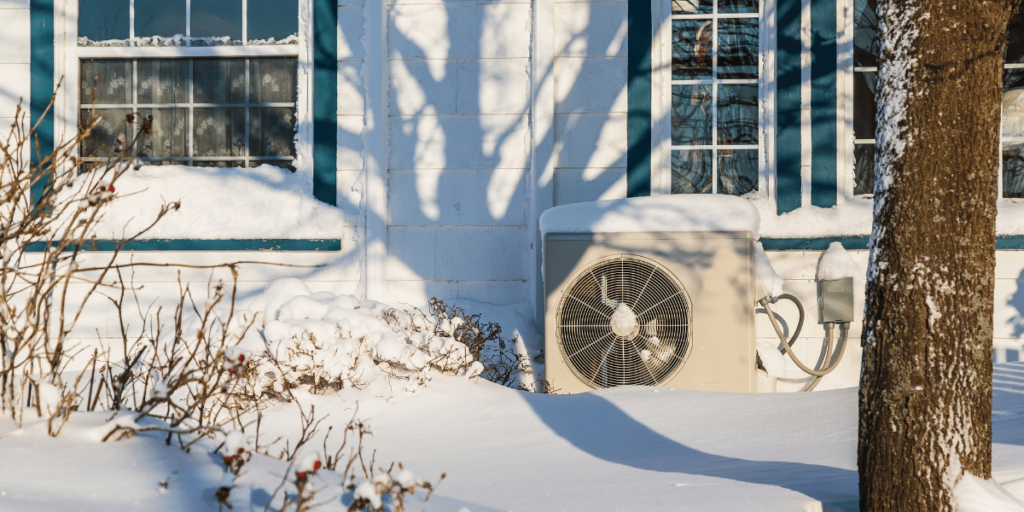
Heat pumps are innovative heating systems that can extract heat from the air, ground, or water and transfer it indoors. A heat pump uses technology similar to that found in a refrigerator or an air conditioner. Instead of using fossil fuels to generate heat, they use electricity to move heat from one place to another. Air source heat pumps are installed outside the homes they are supposed to heat.
Ideally, the air source heat pump should be placed where it will receive direct sunlight so that the pump won’t have to work extra hard to heat up the air around it. That said, these pumps are capable of absorbing heat from the air, even at below freezing temperatures. The unit soaks up air around it into a fluid and then compresses it. This raises the temperature of the fluid which is then pumped into radiators.
How to Size a Radiator For A Heat Pump Setup
To ensure your new heat pump system is effective it’s important to choose radiators that are appropriately sized for the rooms that you are installing them in. They may need to be bigger than those used for a traditional heating system because heat pumps work more efficiently so the water temperature remains lower. Depending on the flow temperature of the heat pump, radiators will need to be sized so that they reflect the same setting. The lower this set point is, the more effective your heat pump will be. A BTU calculator can help you to understand how much heat you’ll require for the type and size of room you have.
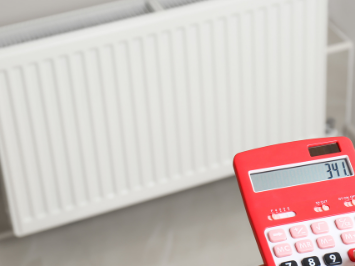
The radiator size will need to be increased if the heat pump is being used to heat a larger space than the one for which it was originally designed. The size of the heat pump may also need to be increased if the space to be heated is larger.
You will often hear the term ‘over-sizing the radiators’ for heat pumps. On closer inspection, you’ll discover that the correct term should be ‘right-sizing’ the radiators. Your radiator supplier or heating engineer will simply need to know the amount of heat output you need from the radiator to determine the heat output you need for your space.
To allow the heating system to operate with lower flow temperatures you may need to enlarge the radiators. As radiant heat is effective even at low temperatures radiators with sufficiently large radiant surfaces work well when it comes to heating in the temperature range below 50 °C.
A qualified heating engineer will need to visit your property and perform a heat/loss survey. This will give the engineer the information they need as to whether the radiators will need to be replaced based on the energy performance of the property and it’s ability to retain heat. Because heat pumps are designed to operate at a lower temperature on an ongoing basis, radiators may need to be over-sized to increase the surface area that is radiating heat. This is why it’s very important that a property is well insulated before considering a heat pump solution.
Which Radiators Work Well With Heat Pumps?
When pairing radiators with ASHPs, the key consideration is choosing radiators that can operate effectively at lower water temperatures. Traditional radiators can still be used with heat pumps; however, their efficiency may be lower as they are generally designed to work at higher temperatures.
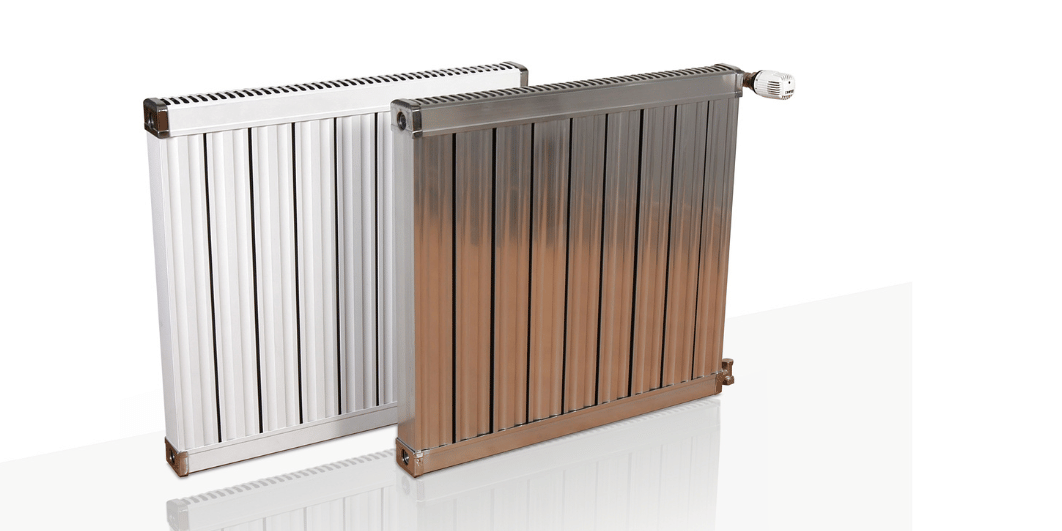
Aluminium radiators are particularly well-suited to work with ASHPs. Aluminium, being an excellent conductor of heat, allows these radiators to heat up quickly and distribute the heat into the room more rapidly than other types. Moreover, aluminium radiators are often made from recycled materials, adding to their environmental credentials.
In addition, choosing radiators with a larger surface area can also improve efficiency when used with a heat pump. This is because a larger surface area allows more heat to be emitted into the room at any one time.
The Benefits of Combining Radiators with Heat Pumps
There are several benefits to be gained from integrating radiators with heat pumps. Firstly, because heat pumps are highly efficient, they can provide significant energy savings when compared to traditional heating systems, especially standard electric boilers, oil, and LPG boiler systems.
By extracting heat from renewable sources such as the air or ground, heat pumps require less energy input to produce the same amount of heat. They are more efficient than other heating systems because the amount of heat they produce is more than the amount of electricity they use. The amount of heat produced for every unit of electricity used is known as the Coefficient of Performance (CoP).

Heat pumps are far more environmentally friendly than traditional gas boilers. Gas central heating is responsible for nearly 15% of the UK’s total carbon emissions. Furthermore, they account for a fifth of air pollution from nitrogen oxides in urban areas. Installing a low carbon heat pump can reduce your home’s carbon footprint by up to 65% and won’t produce any nitrous oxide emissions either. Here in the UK, decarbonising our heating is essential if we are to reach our climate target of net zero carbon emissions by 2050.
Combining a heat pump with your radiators is a way of future proofing the heating system in your home. As the effects of climate change are experienced by more and more countries, the world is to some extent moving away from fossil fuels. The UK government has given strong policy signals towards heat pumps, with the ambition to install 600,000 per year from 2028. They have also introduced the Boiler Upgrade Scheme, an initiative to encourage more people in England and Wales to install low carbon heating systems, such as heat pumps. The scheme offers £5,000 towards installation costs for eligible property owners.
Installing a heat pump will protect you against future price increases which are likely as fossil fuels are limited. On top of that the UK government has been talking about not only ending the installation of gas boilers but also introducing carbon taxes. To date only gas & oil boilers in new builds have been banned from 2025 but this ban will no doubt be extended to all in the future. Currently there is no VAT on low carbon heating installations.
Another benefit to combining a heat pump with your radiators is that this heating system is inherently safer than a gas central heating system due to both the absence of a flammable fuel source and the lack of products of combustion including deadly carbon monoxide.
Combining a heat pump with your radiators is an excellent alternative to any fossil fuel heating system, but it is particularly important to ensure that your radiators are the right size for your heat pump and your heating needs.
So in the quest for more sustainable and efficient home heating systems, the combination of air source heat pumps and well-chosen radiators can provide an excellent solution. This pairing not only provides comfortable heating and hot water for your home but also contributes to environmental sustainability and energy efficiency.
With the UK government’s initiatives to promote low-carbon heating solutions, it is a great time to consider how radiators and heat pumps could work together in your home.

